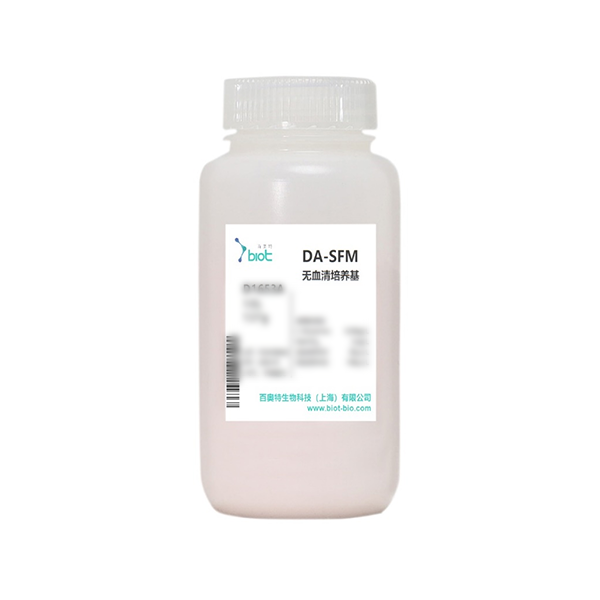
Mining is a fundamental industry that plays a crucial role in extracting valuable resources from the Earth's crust. From precious metals to fossil fuels, mining encompasses a wide range of activities. In this blog post, we will delve into the three types of mining, shedding light on their processes, significance, and environmental implications. Join us on this journey to uncover the depths of the mining industry.
- Surface Mining:
Surface mining, also known as open-pit mining, is the most common and straightforward method of extracting minerals near the Earth's surface. This type of mining involves the removal of overlying soil and rock layers to access the desired resources. Surface mining techniques include strip mining, mountaintop removal, and placer mining.
- Strip mining: This technique involves the removal of strips of soil and rock to expose the mineral deposits. It is commonly used for extracting coal and lignite.
- Mountaintop removal: Primarily practiced in coal mining regions, mountaintop removal involves the removal of mountaintops to access coal seams. This method has significant environmental impacts, including deforestation and water pollution.
- Placer mining: Placer mining is the extraction of minerals from alluvial deposits, such as rivers, streams, or beach sands. It relies on gravity and water to separate valuable minerals from sediment.
- Underground Mining:
Unlike surface mining, underground mining involves accessing mineral deposits beneath the Earth's surface. This method is employed when the desired resources are located at significant depths or when surface mining is impractical or unsafe. Underground mining techniques include shaft mining, slope mining, and drift mining.
- Shaft mining: In this method, vertical or inclined shafts are constructed to access mineral deposits. Miners use elevators or hoists to transport personnel, equipment, and extracted materials.
- Slope mining: Slope mining involves the creation of inclined tunnels to access mineral deposits. It is commonly used for extracting coal and other sedimentary deposits.
- Drift mining: Drift mining refers to the excavation of horizontal tunnels, or drifts, into mineral deposits. This method is often employed in hard rock mining, such as gold or diamond mining.
- In-Situ Mining:
In-situ mining, also known as in-place mining, is a technique used to extract minerals without the need for extensive excavation. Instead, the minerals are dissolved or leached in place and then pumped to the surface for further processing. In-situ mining is commonly used for extracting uranium, oil shale, and some types of metal ores.
- Solution mining: This method involves injecting a solvent, such as water or chemicals, into the mineral deposit to dissolve the desired minerals. The resulting solution is then pumped to the surface for extraction.
- In-situ leaching: In-situ leaching is a variation of solution mining, where the solvent is injected into the deposit to dissolve the minerals. However, instead of pumping the solution to the surface, it is extracted through wells for further processing.
Conclusion:
Mining is a complex industry with various techniques employed to extract valuable resources from the Earth. Surface mining, underground mining, and in-situ mining each have their unique processes and applications. While mining is essential for economic development, it also poses significant environmental challenges. As we continue to rely on mined resources, it is crucial to strike a balance between resource extraction and sustainable practices to ensure a greener and more responsible future.

